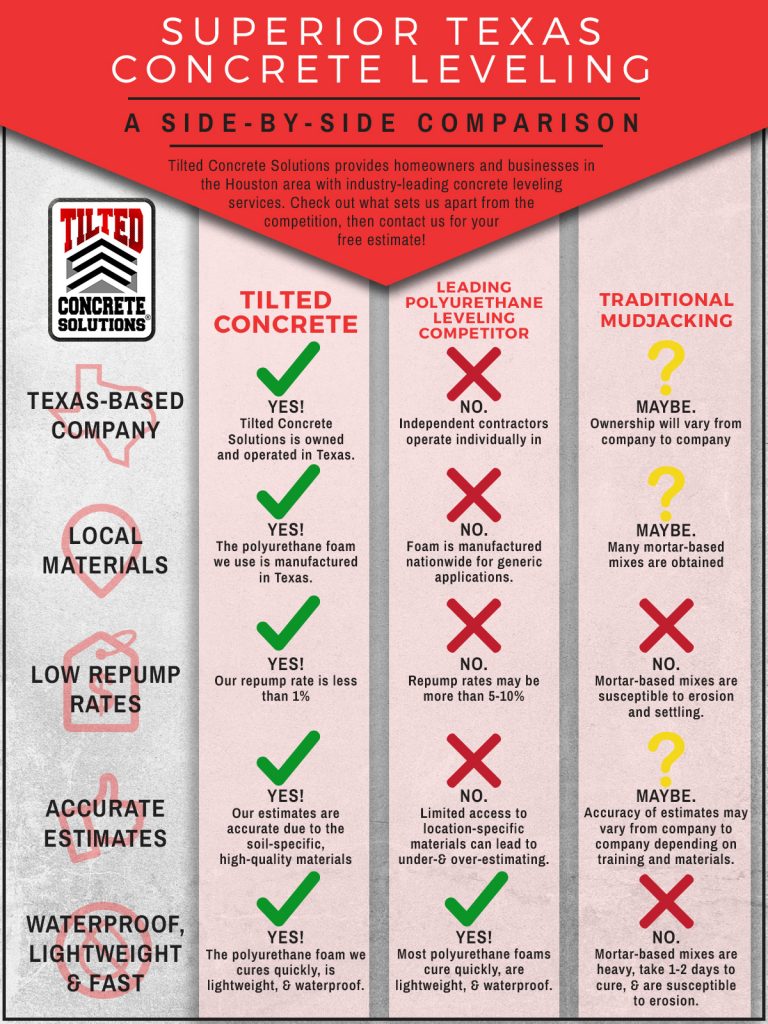Step-By-Step Overview To Preparing Your Wall Surfaces For Repainting
Step-By-Step Overview To Preparing Your Wall Surfaces For Repainting
Blog Article
Material Writer-Bisgaard Temple
When you're prepping your walls for painting, it's crucial to comply with a methodical process to make sure a perfect finish. Beginning by examining the wall surface for any kind of damages; this step can make or damage your project. When you've recognized any type of issues, cleansing the surface properly is essential, as an unclean wall can impact paint attachment. After that, you'll require to patch any type of flaws and apply a guide. However there specify methods and ideas that can boost your prep work game-- allow's discover those further to attain the most effective results.
Assessing Wall Condition
Before you get your paintbrush, take a minute to assess your wall surfaces' problem. Check for any kind of noticeable damage like splits, holes, or peeling paint. These blemishes can affect how the paint sticks and looks as soon as it's dry. If you see any substantial damage, you'll need to prioritize fixings prior to diving into paint.
Look very closely at the texture of your walls. Is the surface smooth, or exists texture that might call for special consideration? Smooth walls typically require much less prep, while textured surfaces may need more time to repaint uniformly.
Likewise, consider the previous paint task. If the old paint is glossy, it mightn't permit brand-new paint to stick correctly. You'll wish to know if your walls have actually been repainted with oil-based or water-based paint, as this can impact your selection of guide or paint.
Ultimately, keep in mind of any dampness concerns. If you see indicators of water damage or mold and mildew, address these problems immediately to stop additional problems.
Cleaning up the Surface
When you have actually evaluated the condition of your wall surfaces, the next action is cleansing the surface. Beginning by gathering your products: a bucket, warm water, a light detergent, a sponge or fabric, and a scrub brush for harder places.
Begin at the top corner of the wall surface and work your method down. Mix the detergent with cozy water in your container, after that dip the sponge or cloth into the solution. Wring it bent on prevent excessive moisture on the wall surfaces.
As you clean up, pay very close attention to locations that could've collected dirt, grease, or fingerprints. For stubborn spots, use the scrub brush carefully to prevent damaging the paint beneath. Wash your sponge or fabric regularly in clean water to prevent spreading out dust around.
After cleaning, it's essential to wipe the walls with a moist towel to get rid of any soap deposit. This step guarantees a smooth surface area for the new paint to adhere to.
Allow the walls to dry totally before carrying on to the following prep work actions. https://www.housedigest.com/946667/the-best-way-to-paint-over-dark-walls-and-lighten-up-your-home/ detailed cleaning procedure will assist create a fresh canvas for your painting task, making certain the best outcomes.
Patching and Priming
Patching and priming are vital steps in preparing your walls for a fresh coat of paint. Initially, check please click for source for any openings, fractures, or imperfections. Make use of a high-quality spackling substance or patching paste to load these areas.
Use the substance with a putty blade, smoothing it out so it's flush with the surrounding surface area. Enable it to completely dry completely, and afterwards sand it lightly up until it's smooth and also.
Once you've patched everything, it's time to prime. Guide assists seal the covered areas, making certain the paint adheres properly and gives an uniform finish. Pick a guide appropriate for your wall surface kind and the paint you'll be using.
Use the primer utilizing a roller for larger locations and a brush for edges and edges. If your covered areas are considerably large or porous, you may wish to apply a second layer of primer after the very first one dries.
After priming, let every little thing dry extensively prior to going on to paint. This preparation will not only improve the look of your wall surfaces yet also extend the life of your paint task.
Take your time, and you'll be pleased with the results.
Conclusion
By complying with these basic steps, you can accomplish a smooth and specialist coating on your walls. Begin by analyzing their condition, after that clean and patch any type of imperfections prior to applying guide. Keep in mind to enable adequate drying time and guarantee everything is smooth before you study paint. With the right prep work, you'll set the stage for a lovely change in your area. Now, gather your materials, inhale the fresh air, and get ready to paint!
